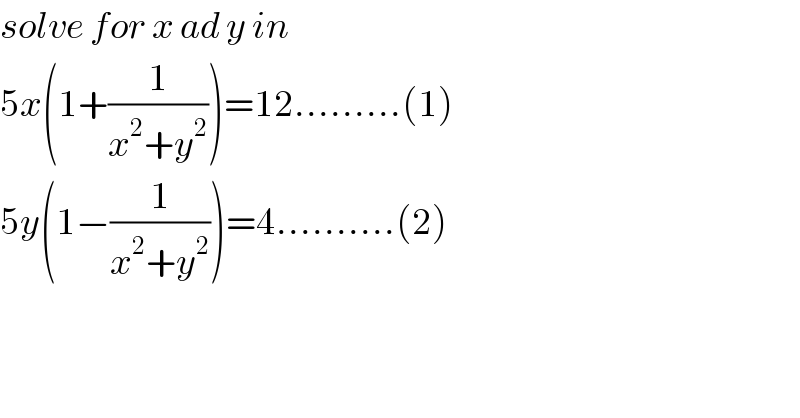
Question and Answers Forum
Question Number 111611 by mathdave last updated on 04/Sep/20

Answered by Her_Majesty last updated on 04/Sep/20

Answered by mathdave last updated on 04/Sep/20

Commented by Tawa11 last updated on 06/Sep/21

| ||
Question and Answers Forum | ||
Question Number 111611 by mathdave last updated on 04/Sep/20 | ||
 | ||
Answered by Her_Majesty last updated on 04/Sep/20 | ||
 | ||
| ||
Answered by mathdave last updated on 04/Sep/20 | ||
 | ||
| ||
Commented by Tawa11 last updated on 06/Sep/21 | ||
 | ||